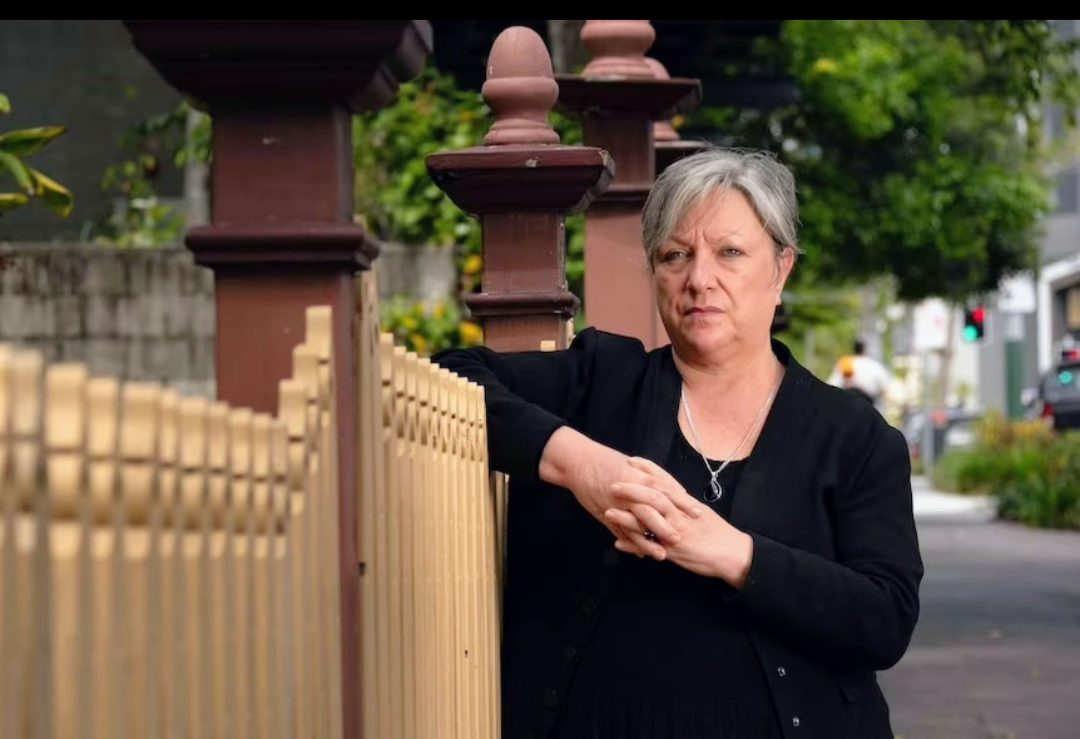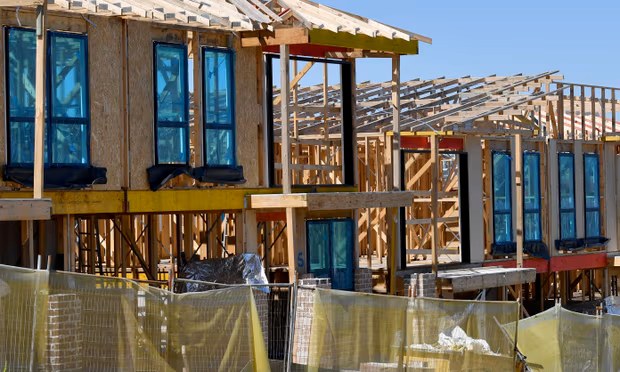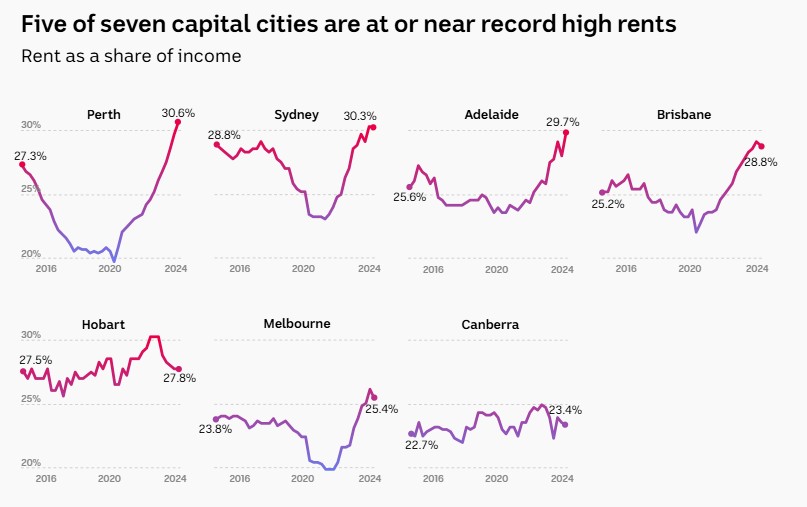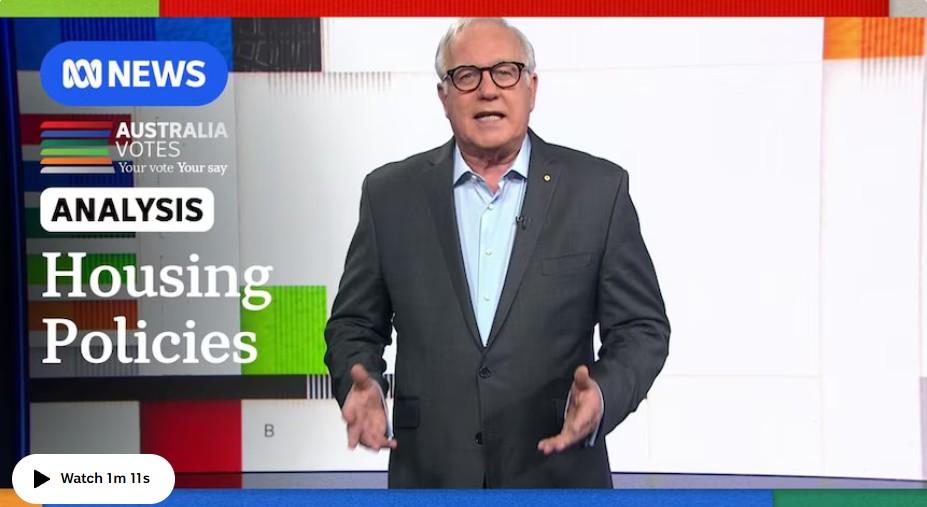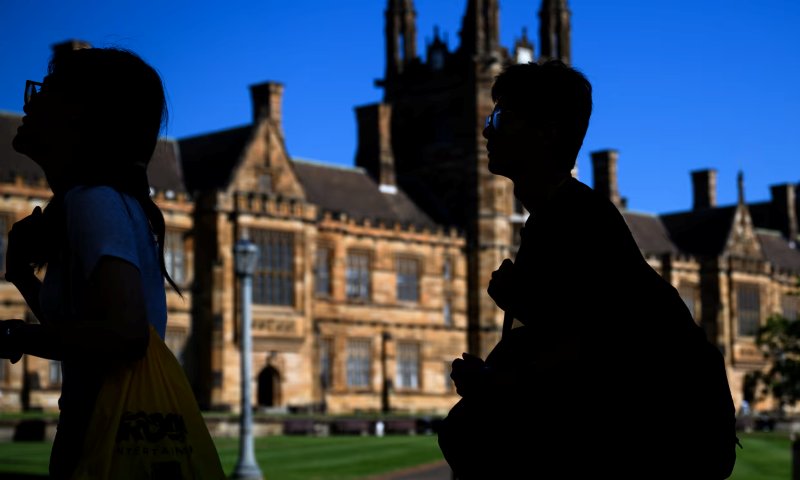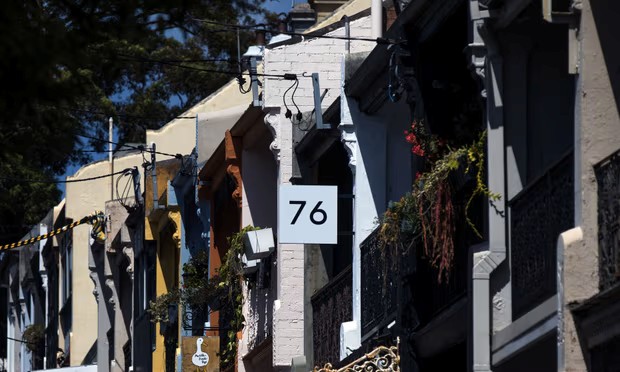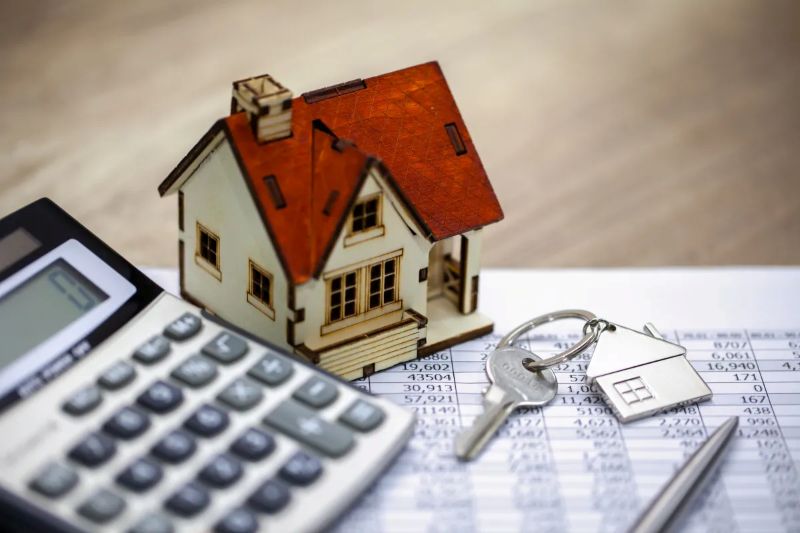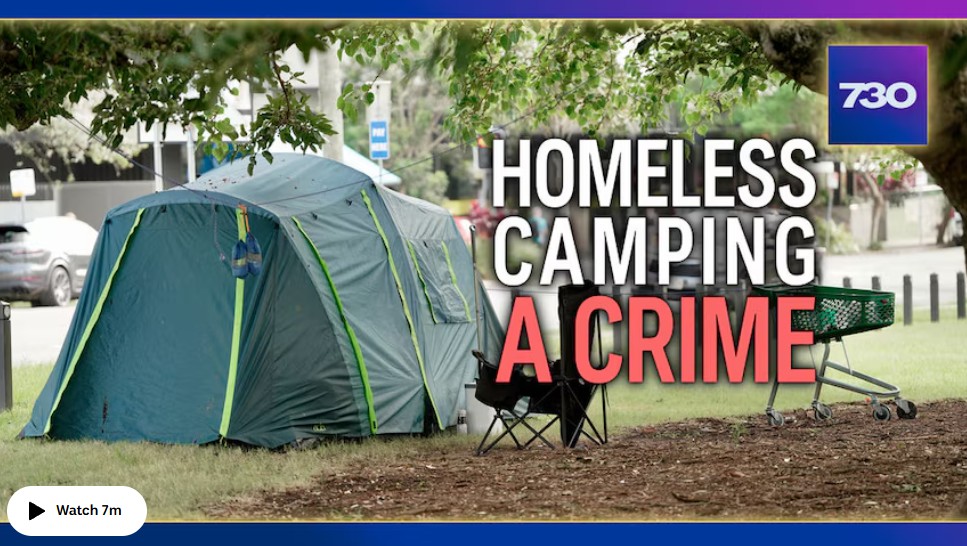One of Queensland’s most expensive neighbourhoods has blocked an “inappropriate” affordable housing project intended to ease the shortage of homes….
The ALP and the Coalition have both made housing a central plank of their bid to woo voters in the…
Construction industry already faces shortfall of 80,000 workers as government vows to build 250,000 homes a year for four years….
This September, Melanie Misuraca and her daughters will swallow their third rent hike in as many years. It will push…
Will the major parties’ policies solve the housing crisis? Patricia Karvelas and Alan Kohler discuss the two parties’ housing policies…
Peter Dutton claims cutting at least 80,000 new international students from Australian higher education institutions will make it easier for…
- News
Construction industry already faces shortfall of 80,000 workers as government vows to build 250,000 homes a year for four years….
- News
This September, Melanie Misuraca and her daughters will swallow their third rent hike in as many years. It will push…
- News
Will the major parties’ policies solve the housing crisis? Patricia Karvelas and Alan Kohler discuss the two parties’ housing policies…
- News
Peter Dutton claims cutting at least 80,000 new international students from Australian higher education institutions will make it easier for…
- News
Rents are growing at the slowest rate in four years thanks in part to increased supply, but are still at…
- News
The Coalition has promised to relax home lending rules, saying that it will help more young people buy their own…
- News
Recent observations have highlighted a concerning trend in the relationship between homeless individuals, their canine companions, and the effects of…
- News
Two of the Queensland’s biggest councils have made it illegal for homeless people to camp in public parks. Tom Hartley…

